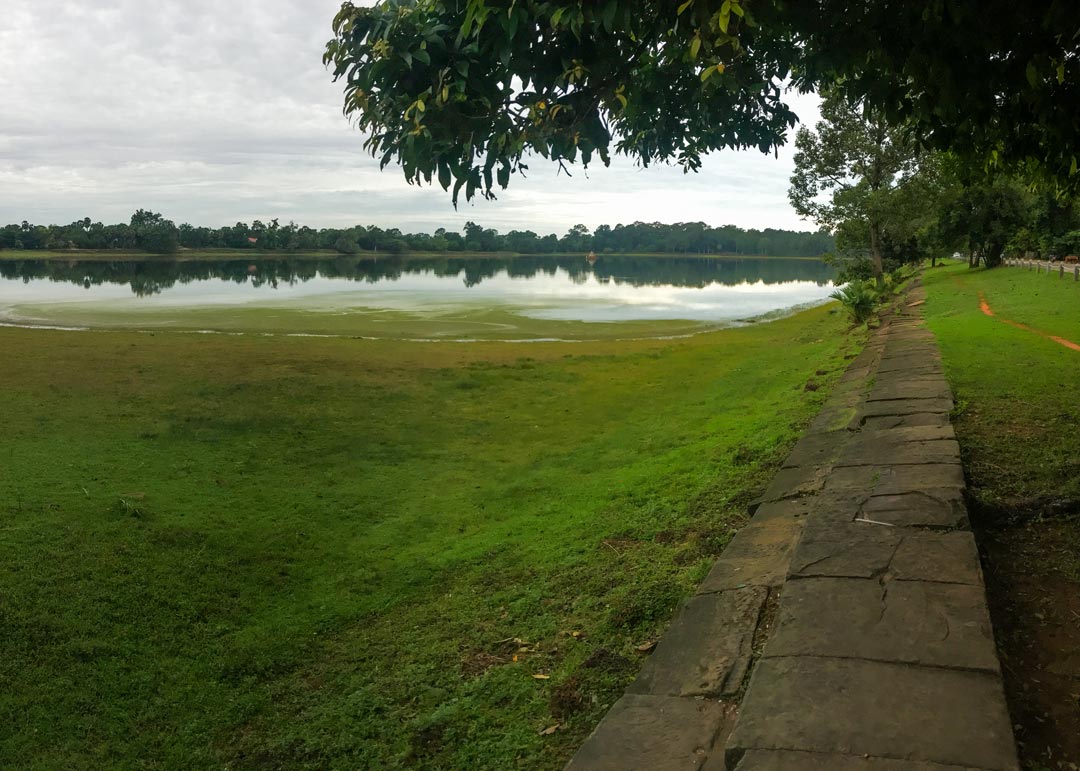Category: Siem Reap Travel Guides
-
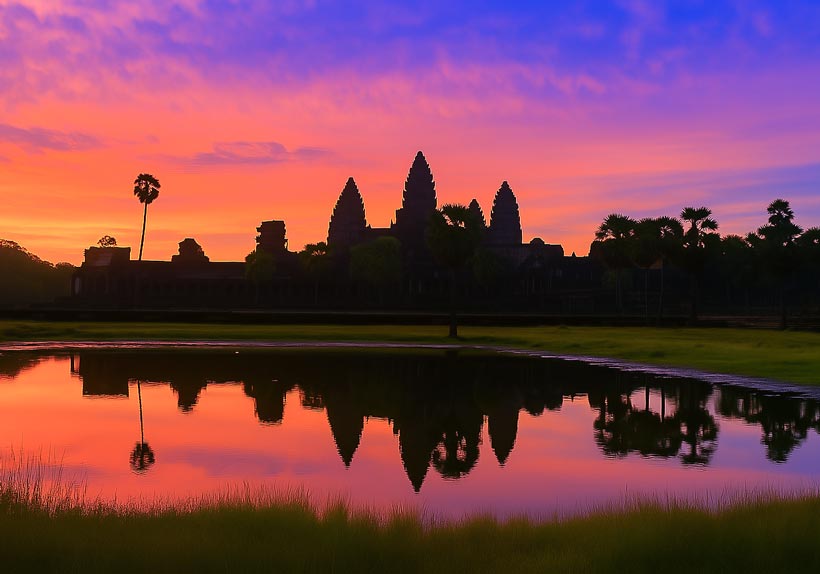
Location & Historical Origins Nestled just north of Siem Reap, Cambodia, Angkor Wat is the crown jewel of the ancient Khmer Empire. Built in the early 12th century by King Suryavarman II, this vast temple complex was originally dedicated to the Hindu god Vishnu. Over time, it transitioned into a Buddhist sanctuary, reflecting Cambodia’s evolving…
-
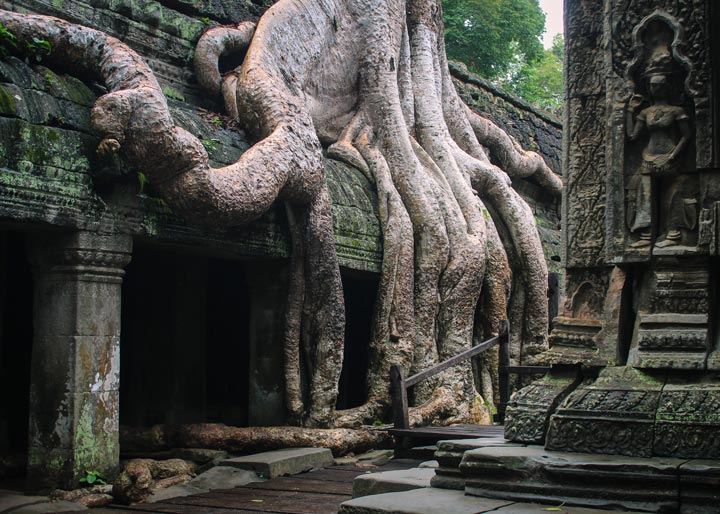
Location, History, and Dedication Ta Prohm Temple is located east of Angkor Thom, near Banteay Kdei and Srah Srang, in the Angkor Archaeological Park, Siem Reap, Cambodia. Constructed in the late 12th century by King Jayavarman VII, Ta Prohm was originally named Rajavihara, meaning “Royal Monastery.” It was dedicated to Buddhism and built in honor…
-
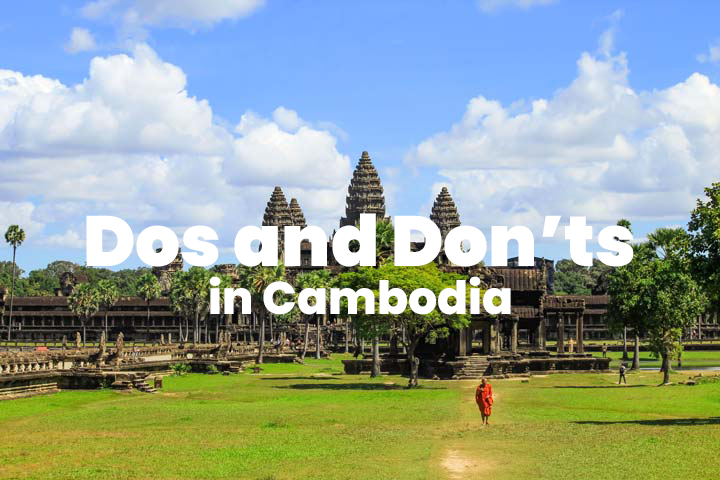
Angkor Visitor Code of Conduct Angkor Wat attracts millions of visitors each year. It is an active spiritual site for many Buddhists and Hindus, and it’s also home to many Cambodians living in the surrounding area. To ensure a respectful and enjoyable experience for all—while helping protect the temples—please follow the established rules and guidelines…
-
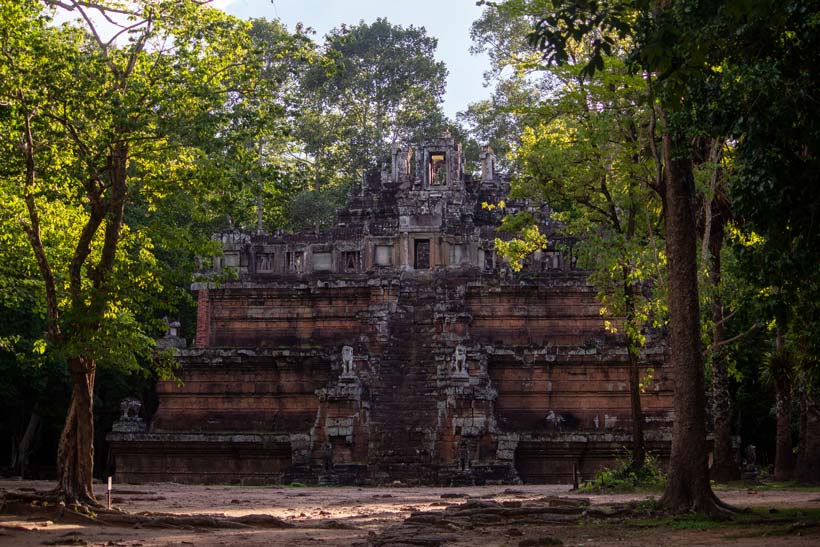
Phimeanakas Temple, also known as Prasat Phimean Akas, is located within the Royal Palace enclosure of Angkor Thom, just north of the magnificent Baphuon Temple in Siem Reap, Cambodia. Constructed in the late 10th century, the temple was initially built during the reign of King Rajendravarman and later completed and enhanced by King Suryavarman I…
-
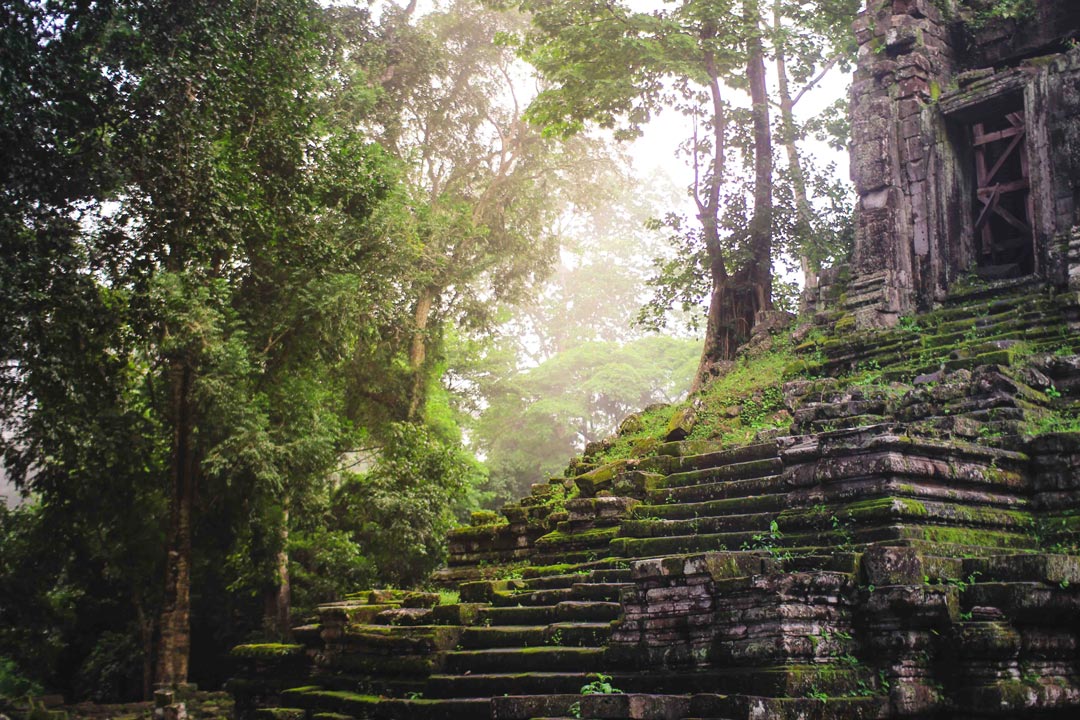
Discovering a Hidden Gem in Angkor Thom Preah Palilay Temple is a lesser-known yet captivating site within Angkor Thom, Cambodia. Located about 400 meters northwest of Phimeanakas, this small temple is surrounded by lush forest, making it an ideal stop during Cambodia’s Green Season. Built between the late 12th and early 14th centuries, possibly during…
-
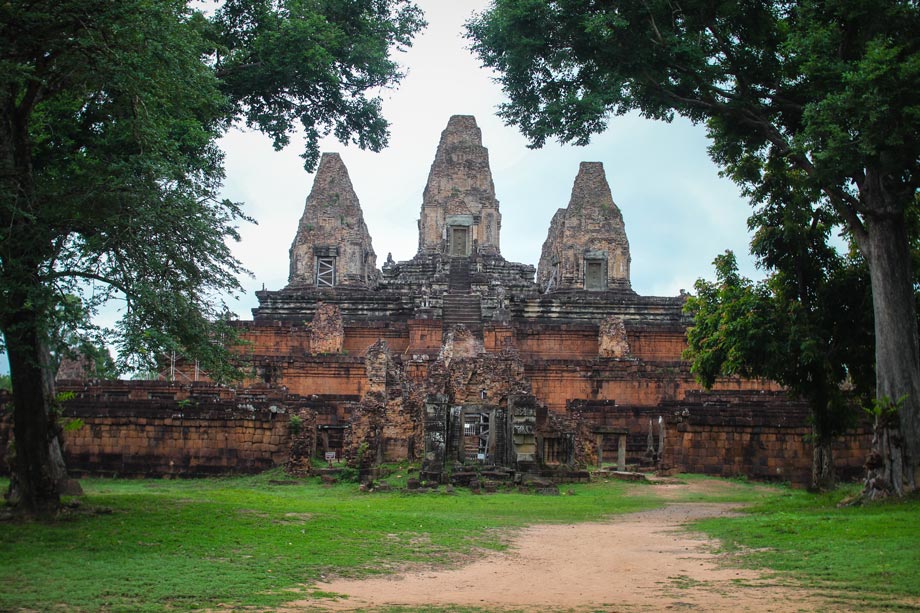
Location, History & Temple Style Pre Rup Temple is located in Angkor Archaeological Park, just about 10 kilometers northeast of Siem Reap town. It stands close to East Mebon and is often visited after sunrise at Angkor Wat or Banteay Kdei. This temple was built in 961 AD during the reign of King Rajendravarman II…
-
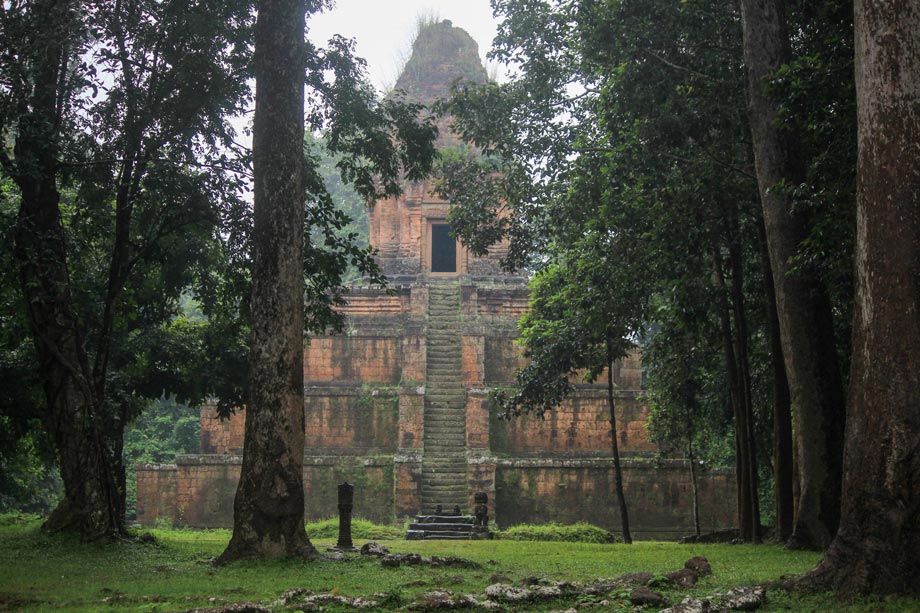
Location and Historical Significance of Baksei Chamkrong Nestled just outside the southern gate of Angkor Thom, Baksei Chamkrong is one of the most overlooked yet captivating temples in the Angkor Archaeological Park near Siem Reap, Cambodia. This compact, pyramid-shaped temple was initiated during the reign of Harshavarman I and completed under Rajendravarman II in the…
-
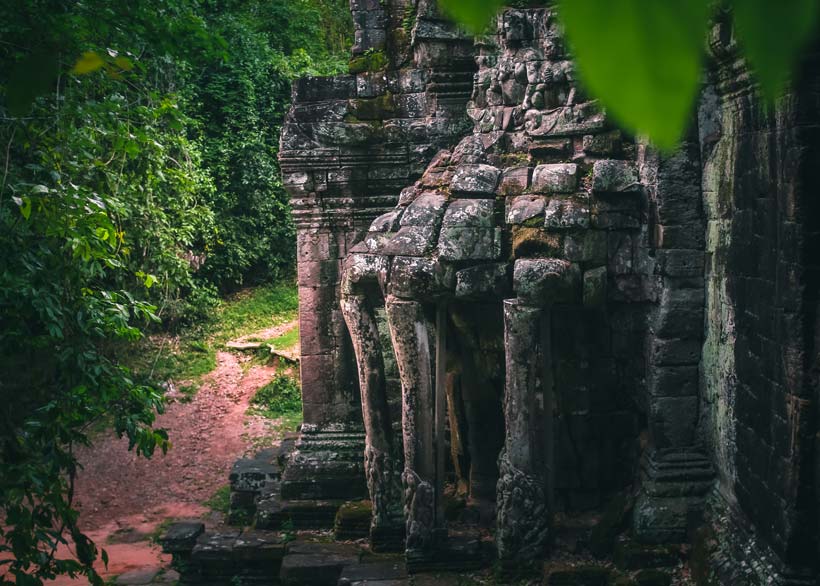
Khmoch Gate, also known as the Gate of the Dead, is one of the five entrances to the ancient city of Angkor Thom, built in the late 12th century by King Jayavarman VII. Unlike the Victory Gate or South Gate, which were used for processions and royal parades, Khmoch Gate served a quieter, more somber…
-
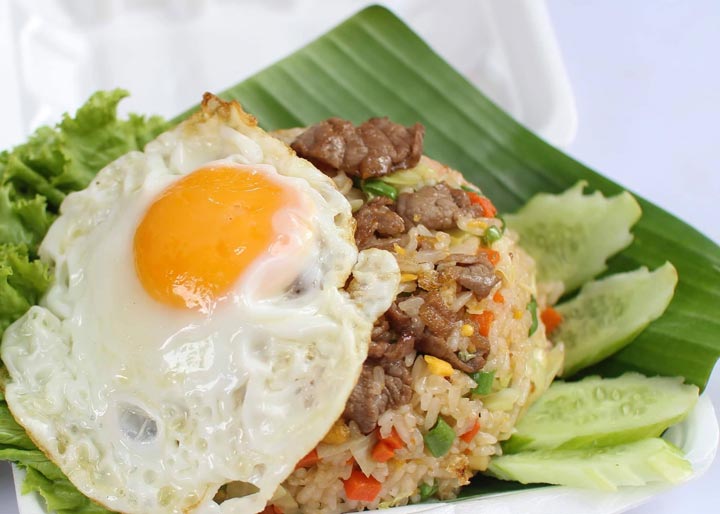
Siem Reap is not only famous for its magnificent Angkor temples but also for its diverse food scene. Whether you’re looking for elegant fine dining, a mid-range eatery with great value, or authentic street food, the city offers something for every palate. Fine Dining For those looking to indulge in refined flavors and a sophisticated…
